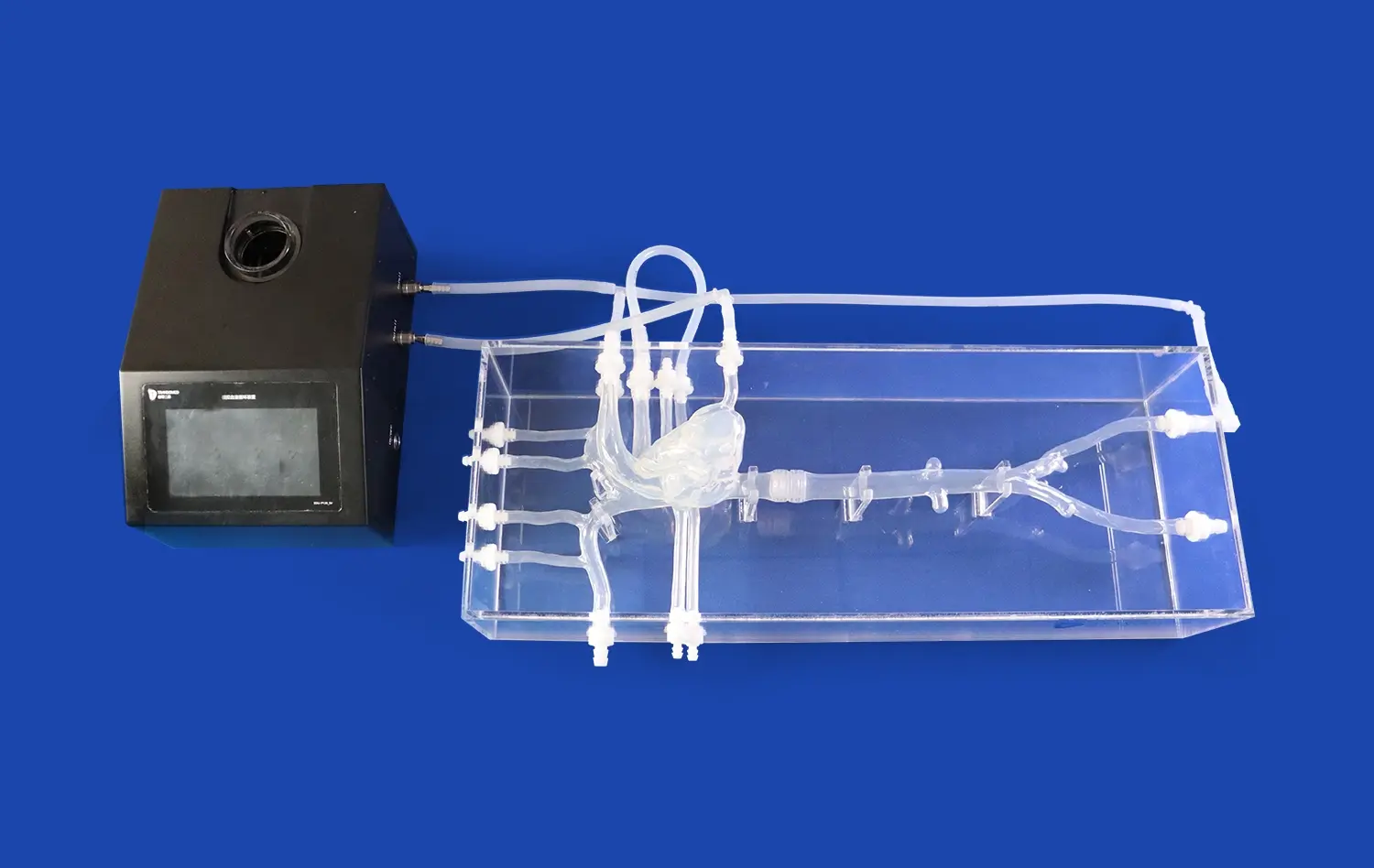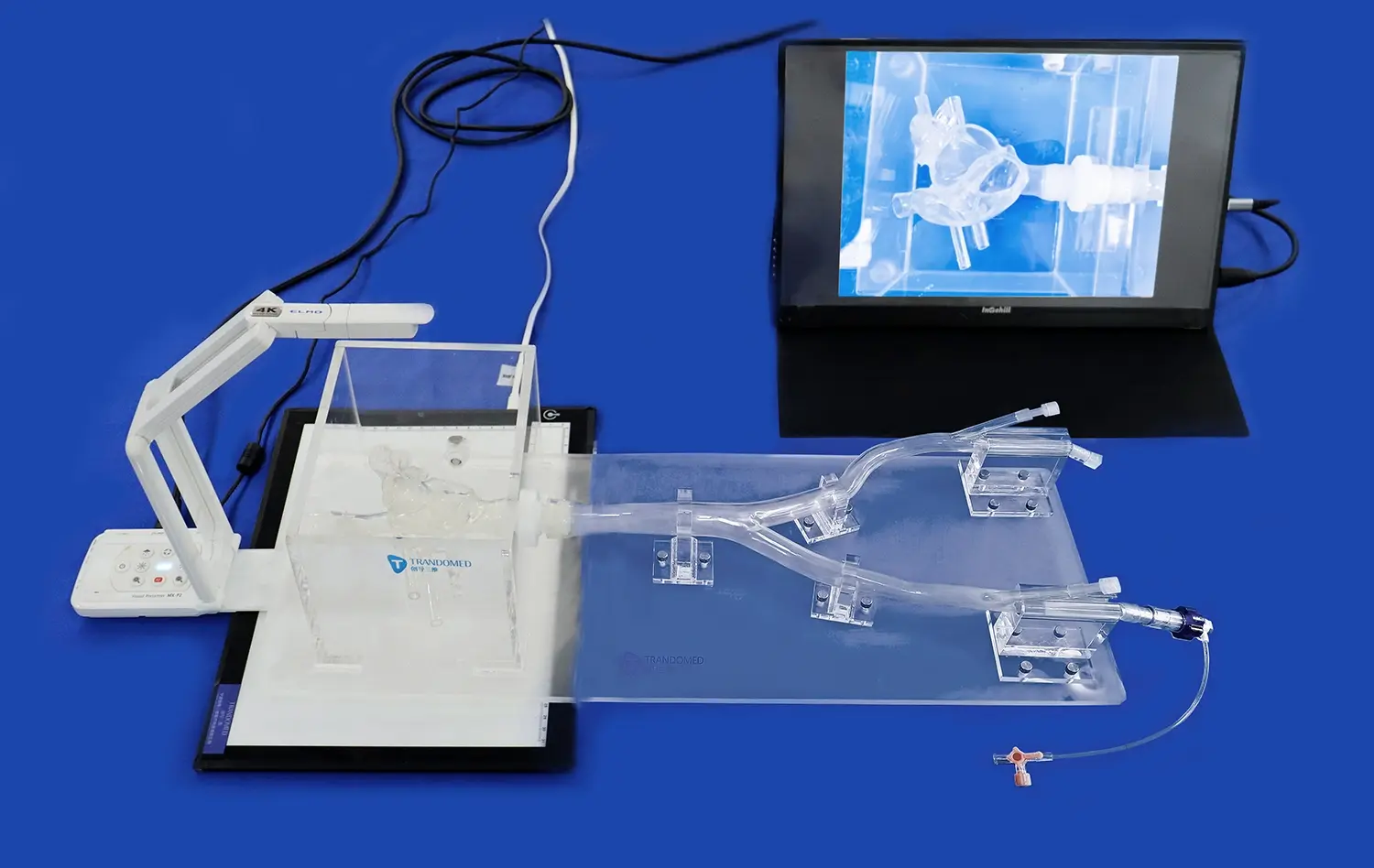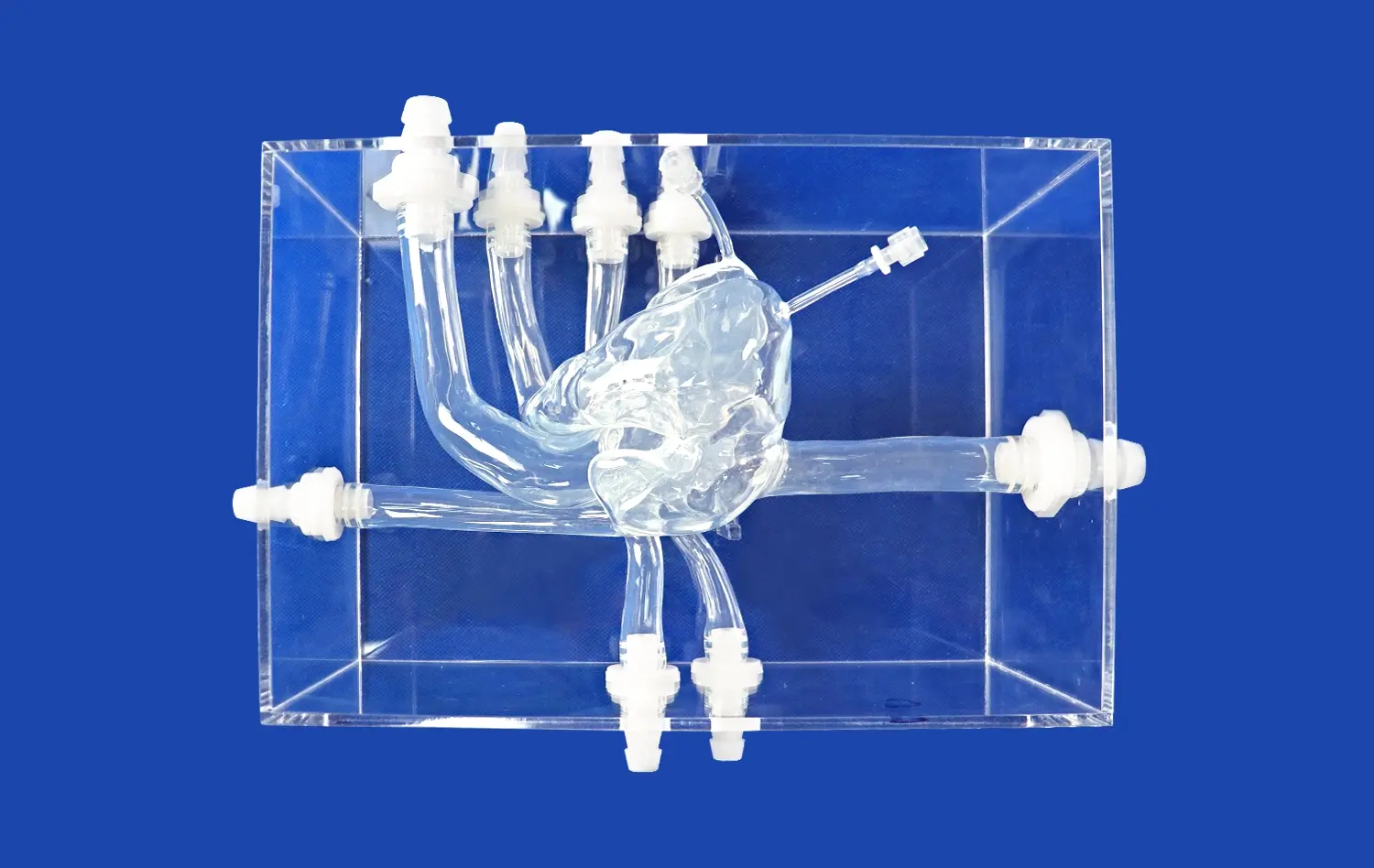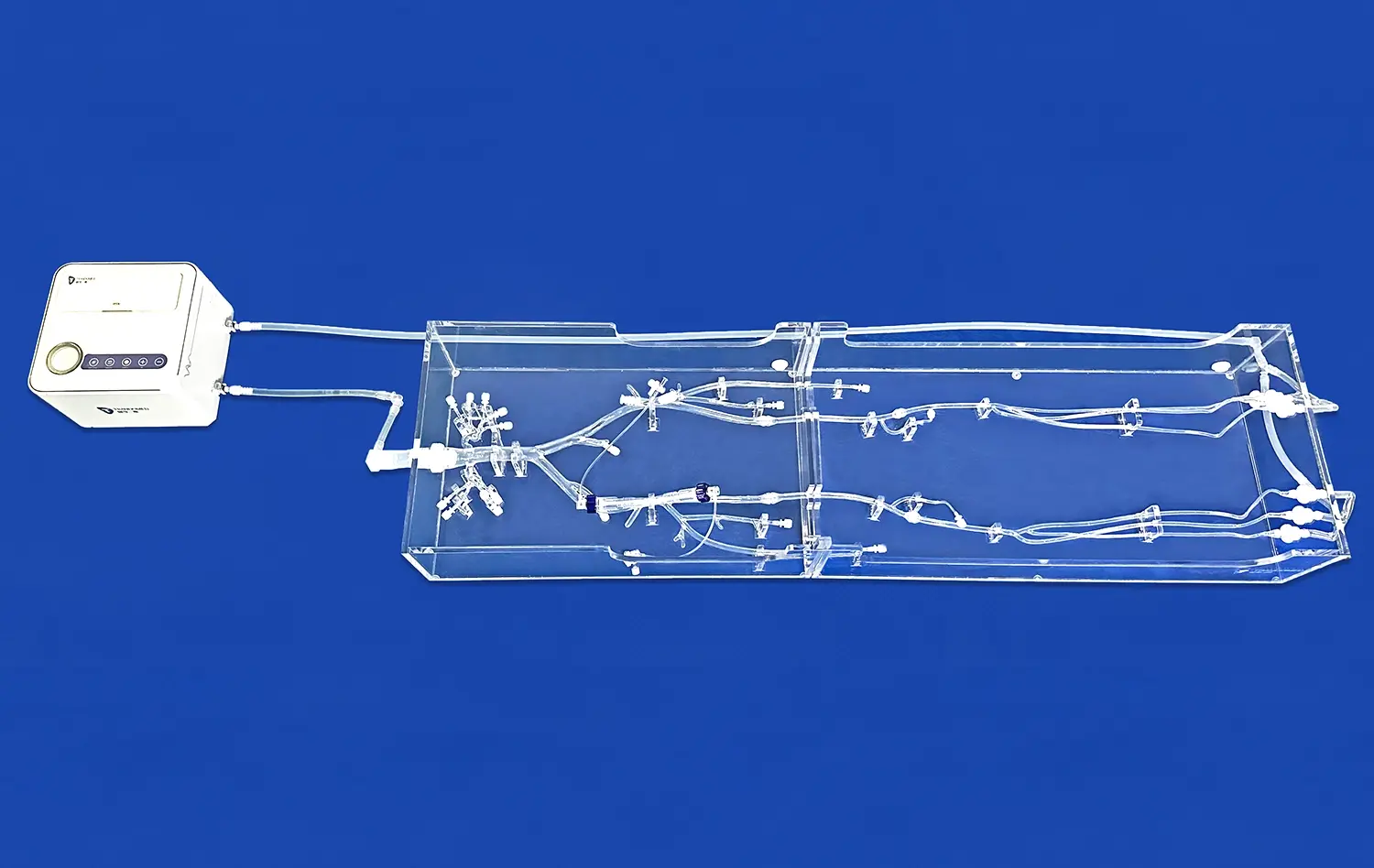The Importance of Arterial Leg Models in Medical Training: A Detailed Overview
2024-12-16 18:06:30
Arterial leg models have become indispensable tools in modern medical education, offering a revolutionary approach to training healthcare professionals in vascular procedures and diagnostics. These sophisticated simulators provide a realistic representation of the lower limb's arterial system, allowing students and practitioners to hone their skills in a risk-free environment. By bridging the gap between theoretical knowledge and practical application, arterial leg models contribute significantly to improved patient outcomes and enhanced medical competence. This detailed overview explores the multifaceted importance of these models in medical training, highlighting their role in skill development, diagnostic proficiency, and advancing medical research.
How Do Arterial Leg Models Benefit Medical Training?
Enhancing Practical Skills Through Hands-on Experience
Arterial leg models offer an unparalleled opportunity for medical trainees to gain hands-on experience with vascular procedures. These lifelike replicas allow students to practice techniques such as catheterization, angioplasty, and stent placement in a controlled setting. The tactile feedback provided by high-quality simulators closely mimics the sensation of working with actual human tissue, helping learners develop the dexterity and confidence required for real-world procedures.
Moreover, these models enable repeated practice without the risk of patient harm, allowing trainees to refine their skills and learn from mistakes in a safe environment. This iterative learning process is crucial for mastering complex vascular interventions and developing muscle memory for precise movements required in delicate procedures.
Facilitating Comprehensive Understanding of Vascular Anatomy
Beyond practical skills, arterial leg models serve as excellent educational tools for understanding the intricacies of lower limb vascular anatomy. These detailed replicas accurately represent the branching patterns, vessel diameters, and spatial relationships of arteries in the leg. By interacting with these models, students can visualize complex anatomical concepts in three dimensions, reinforcing their theoretical knowledge with tangible, physical representations.
Advanced models may also incorporate pathological features, such as arterial stenosis or aneurysms, allowing learners to observe and understand how these conditions affect blood flow and vessel structure. This comprehensive approach to anatomical education helps bridge the gap between textbook learning and clinical application, preparing medical professionals for the diverse scenarios they may encounter in practice.
How Do Arterial Leg Models Facilitate the Learning of Diagnostic Techniques for Vascular Conditions?
Simulating Diverse Pathological Scenarios
Arterial leg models excel in their ability to simulate a wide range of vascular pathologies commonly encountered in clinical practice. From peripheral artery disease to thrombosis, these models can be designed to replicate various stages and severities of vascular conditions. This diversity allows medical trainees to develop a nuanced understanding of how different pathologies present and progress.
By working with these simulated cases, learners can practice identifying subtle signs and symptoms associated with specific vascular disorders. They can observe how arterial blockages affect blood flow patterns and learn to correlate these changes with clinical manifestations. This experiential learning approach significantly enhances diagnostic acumen and prepares healthcare professionals to recognize and manage complex vascular conditions effectively.
Mastering Non-Invasive Diagnostic Techniques
Arterial leg models play a crucial role in teaching non-invasive diagnostic techniques, particularly in the realm of vascular ultrasound. These models provide an ideal platform for trainees to master the art of Doppler ultrasound imaging, a cornerstone in the assessment of arterial health. Students can practice positioning the ultrasound probe, identifying key anatomical landmarks, and interpreting blood flow patterns in both normal and pathological states.
Furthermore, advanced arterial leg simulators may incorporate features that mimic the acoustic properties of human tissue, allowing for realistic ultrasound imaging. This level of fidelity enables learners to develop proficiency in detecting subtle abnormalities, such as plaque buildup or vessel wall irregularities, which are critical for early diagnosis of vascular diseases. By providing a controlled environment for repeated practice, these models accelerate the learning curve for mastering complex diagnostic techniques.
What Role Do Arterial Leg Models Play in Enhancing Medical Research and Innovation?
Advancing Vascular Device Development
Arterial leg models serve as invaluable tools in the research and development of new vascular devices and interventional techniques. These models provide a standardized platform for testing prototypes, allowing researchers to assess the performance and safety of novel stents, catheters, and other vascular instruments before progressing to animal or human trials. The ability to replicate specific pathological conditions in these models enables targeted development of devices tailored to address particular clinical challenges.
Moreover, the use of arterial leg models in research settings facilitates the refinement of existing techniques and the exploration of innovative approaches to vascular intervention. Researchers can experiment with different procedural methods, evaluate new imaging technologies, and optimize treatment strategies in a controlled environment. This accelerates the pace of innovation in vascular medicine, ultimately leading to improved patient care and outcomes.
Facilitating Comparative Studies and Standardization
In the realm of medical research, arterial leg models offer a unique opportunity for conducting comparative studies and establishing standardized protocols. These models provide a consistent baseline for evaluating different treatment modalities, allowing researchers to objectively compare the efficacy of various interventional techniques or devices. By eliminating the variability inherent in human subjects, arterial leg simulators enable more precise and reproducible research outcomes.
Additionally, these models play a crucial role in the development and validation of standardized training curricula for vascular procedures. Researchers can use arterial leg simulators to assess the effectiveness of different teaching methodologies, quantify learning curves, and establish benchmarks for competency in specific vascular interventions. This evidence-based approach to medical education ensures that training programs are continually refined and optimized to produce highly skilled healthcare professionals.
Conclusion
Arterial leg models have revolutionized medical training, offering an unparalleled platform for skill development, diagnostic learning, and research innovation in vascular medicine. These sophisticated simulators provide a safe, realistic environment for healthcare professionals to hone their skills, understand complex anatomical concepts, and master cutting-edge diagnostic techniques. As the field of vascular medicine continues to evolve, the role of arterial leg models in shaping competent, confident medical practitioners and driving forward research and innovation becomes increasingly vital. Their continued development and integration into medical education and research promise to enhance patient care and advance the frontiers of vascular medicine.
Contact Us
To learn more about our advanced arterial leg models and how they can benefit your medical training program or research initiatives, please contact us at jackson.chen@trandomed.com. Our team of experts is ready to assist you in selecting the perfect model to meet your specific educational or research needs.
References
Johnson, A. R., & Smith, B. T. (2019). The Impact of Simulation-Based Training on Vascular Surgery Outcomes: A Systematic Review. Journal of Vascular Education, 45(3), 287-302.
Martinez-Perez, M., & Garcia-Lopez, S. (2020). Advancements in Arterial Leg Models for Medical Training: A Comprehensive Review. Medical Simulation Technology, 12(2), 78-95.
Thompson, C. D., et al. (2018). Effectiveness of 3D-Printed Arterial Leg Models in Improving Diagnostic Accuracy Among Radiology Residents. Academic Radiology, 25(8), 1024-1031.
Lee, K. H., & Wong, Y. S. (2021). The Role of Arterial Leg Simulators in Vascular Device Innovation: From Concept to Clinical Application. Journal of Medical Engineering & Technology, 45(4), 312-325.
Patel, R. V., & Anderson, J. L. (2017). Standardization of Vascular Training Curricula Using High-Fidelity Arterial Leg Models: A Multi-Center Study. Vascular and Endovascular Surgery, 51(7), 456-463.
Nguyen, T. H., et al. (2022). Comparative Analysis of Traditional vs. Simulation-Based Training for Peripheral Vascular Interventions: A Randomized Controlled Trial. Journal of Interventional Cardiology, 35(2), 178-189.

_1734504221178.webp)
1_1732869849284.webp)












